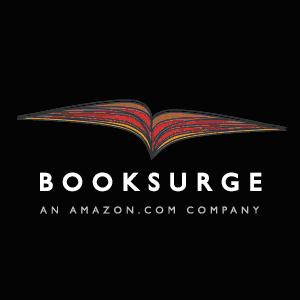
As terrible as this move was by Amazon, people will still be interested in what BookSurge has to offer. In fact, people will potentially be more interested, as writers don’t want to risk being delisted by Amazon. Currently, other print on demand outlets still do carry the buy now button, but the long term future of Amazon’s action has yet to be determined. Regardless of this action by Amazon, how does Amazon measure up to other print on demand outlets?
Unlike other print on demand publishers, books printed via BookSurge will automatically be listed in Amazon. With Lulu and other print on demand subsidy publishers, authors need to pay for an additional distribution package to be listed in Amazon – so going straight to the source does have its advantages.
BookSurge Publishing Packages
However, BookSurge offers publishing packages as well, similar to those offered by iUniverse or AuthorHouse. These publishing packages include: cover design, ISBN (so the book can be listed in outlets beyond Amazon), editing, and other features. The cheapest package via BookSurge is $299 – which requires PDF-ready files for the cover and interior and does not include widespread distribution beyond Amazon. The base package, which includes ISBN and cover design is $799, which is decidedly more expensive than those offered by other print on demand publishers. The cost of BookSurge’s most advanced package is near $6000, well more than similar packages offered by Outskirts Press or Mill City.
Authors get 35% royalties, which is pretty good: for a $16.00, the take is $5.60. This far exceeds what authors can earn via other print on demand publishers. For example, an author may earn $5.00 for a book when bought via Lulu.com, but when the same book is bought via Amazon, it can be $1.00 or less due to Amazon’s huge markup for print on demand books – something that existed long before the anti-trust lawsuit.
One of the better features of BookSurge is their “Buy X Get Y” pairing program. If you’re familiar with Amazon, on each Amazon page it will list another book (or other product) in a similar category – normally another book by the same author. A self-published book being paired with a bestselling book is a major avenue for marketing and sales. The program is pricey: $1000 a month for three months, or comes with the most extensive publishing package.
If you search through Amazon, the quality of BookSurge book covers is good, not great. The SPR has reviewed one BookSurge book, To My Senses, which has a professionally-designed cover and the book is well-made on professional paper stock – similar to the quality of other major POD publishers.
The main argument against BookSurge – aside from them strong-arming of other PODs – is the price of the packages. For the price, SPR recommends Mill City Press, which for $2000 less offers more-unique covers and marketing programs. Don’t assume that just because your book is published via Amazon that this guarantees better Amazon sales – you will still face the same marketing problems faced by other self-publishers.
Get an Editorial Review | Get Amazon Sales & Reviews | Get Edited | Get Beta Readers | Enter the SPR Book Awards | Other Marketing Services



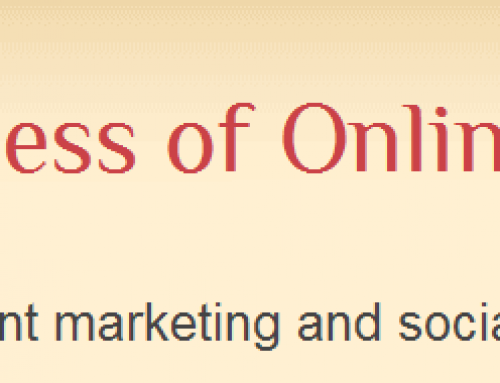
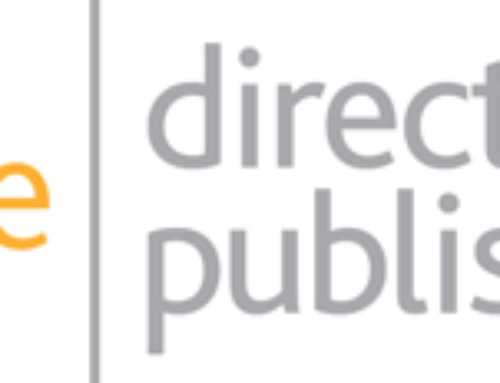
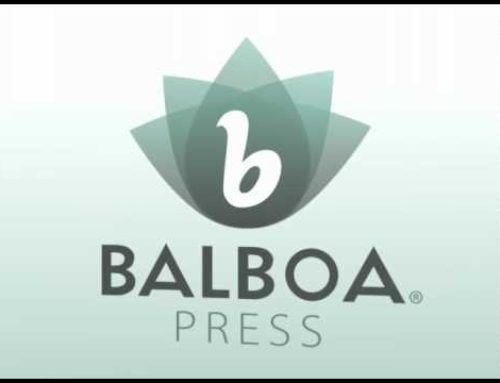

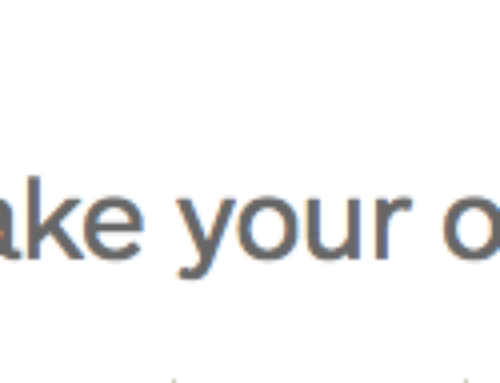
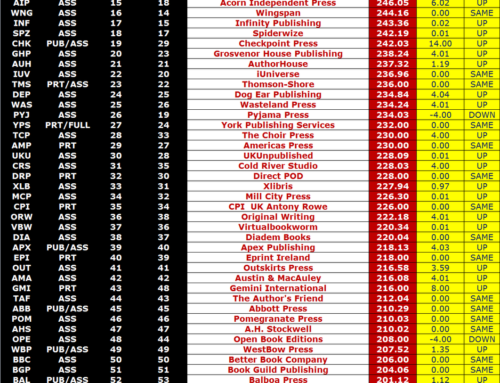
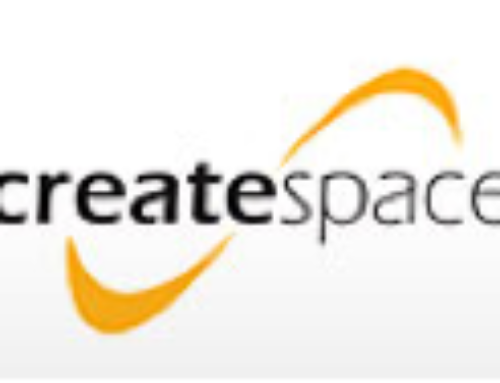


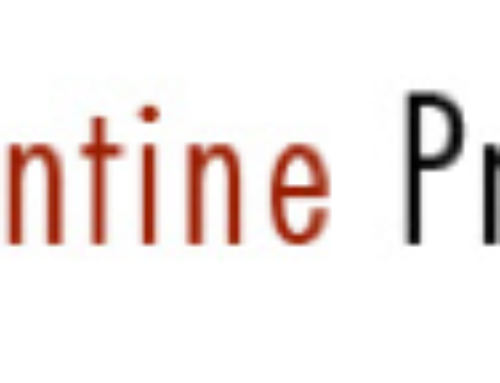
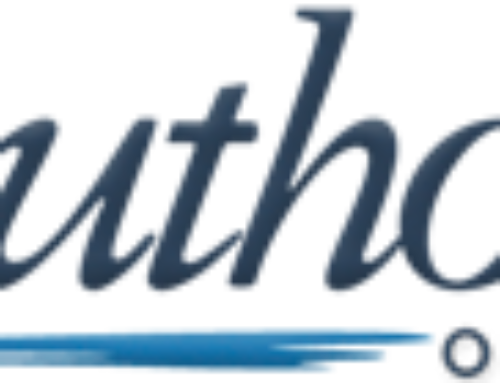
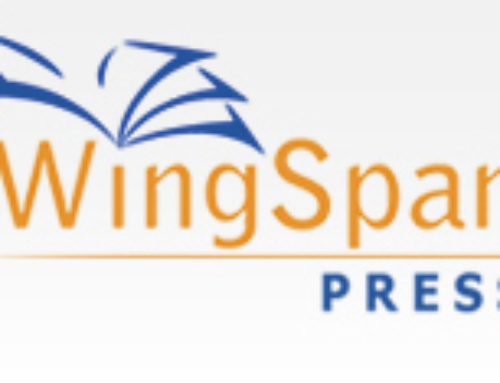
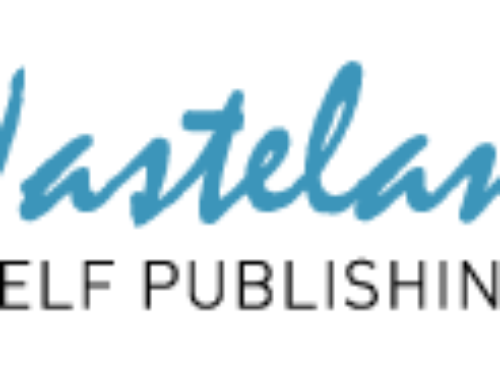
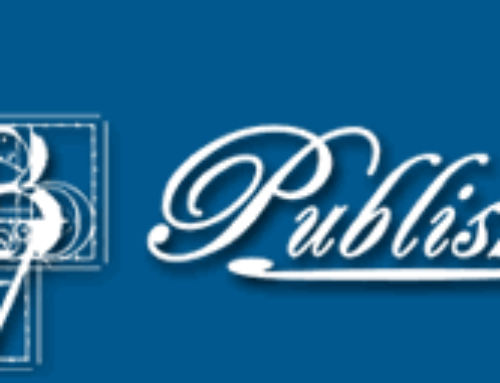
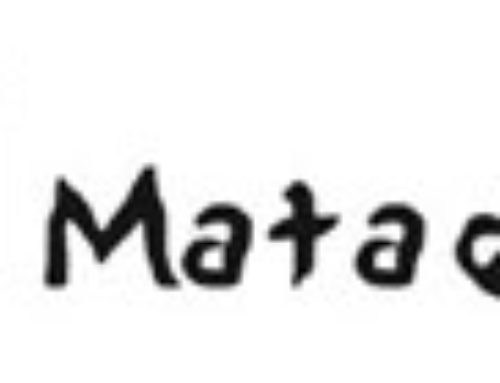
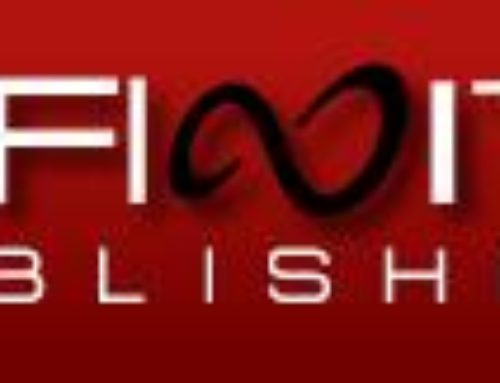
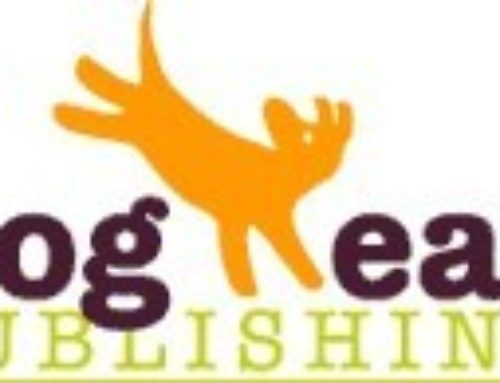
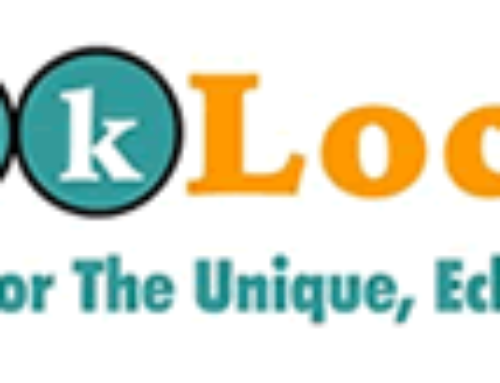

I am shocked at their $299 package, which requires the user to have ready-made PDFs. Authors need to realise that they can go directly to Lightning Source (the printing firm that most POD publishers use) and have it produce their book for a fraction of that cost.
I just checked the Amazon.com page for Homefront (a Lulu book), and it’s now in a “Buy X and get Y” triple-pairing with two other books (not two books I’d prefer it be paired with, but…).
I’ve also held onto the “buy” button (on my website and blog page) since the book was first distributed with its ISBN to all the online booksellers.
It’s possible there’s something I’m not understanding about what I might not be getting from Amazon, but I haven’t noticed any changes.
(Note: Lulu’s ISBN and distribution package, last time I checked, was about $100 – which kicks Book Surge’s butt. Lulu also turns a Word document into a PDF for you – for free.)
The Editor said >>…due to Amazon’s huge markup for print on demand books – something that existed long before the anti-trust lawsuit.”
That’s just not true. While physical bookstores demand a markup of 50% or more, and the right to return books. Amazon will work on 20%, with no returns.
Amazon is selling a book of mine for $19.95. They pay about $16. My cost of printing and shipping from Lightning Source is about $5.50, so I make over ten bucks per book — more than 50% of the cover price. That’s a much better deal than I got when Doubleday published my first book.
Some online booksellers will accept even less markup than Amazon.com. Barnes & Noble will sell my book for $17.95, for a markup of about 10%. Other dealers ofer various discounts, and some even sell it for more than list price.
Michael N. Marcus
Author of “I Only Flunk My Brightest Students — stories from school and real life.” http://www.amazon.com/Only-Flunk-My-Brightest-Students/dp/098166170X
You’re right. I should have delineated the difference between printing directly with Lightning Source and with a POD company – Lulu, AuthorHouse, etc. Used to be with Lulu that you could set a higher price on Amazon to make up the difference for the markup, but now prices have to be uniform. For me, I make $5 a book on Lulu, $1 on Amazon. But even marking the book up to $19 is very expensive for an unknown writer.
Excellent article and detailed discussion on the topic that has puzzled me for quite some time.
I joined Booksurge two years ago, and still have very ambivalent feelings.
Booksurge, due to the Amazon connection, provides several advantages for new authors like myself. Amazon seems biased to help Booksurge authors, the percentage is fine, and you get paid on time with a dependable direct deposit. As author in a popular non-fiction category (English as a Second Language), I have been able to consistently sell 75-250 books a month on Amazon for a small, but nice, supplemental income.
Yet Booksurge, as I’ve also discovered, has a significant flaw: books are NOT listed in Ingram, the industry’s bible of published works. This oversight, an attempt to end-run physical bookstores, makes it quite hard for bookstores to even know that your book exists, let alone purchase it. My book, Compelling Conversations: Questions and Quotations on Timeless Topics, for example sells in the top 50,000 regularly – but few college bookstores or academic/ESL catalogs carry my ESL textbook. Nor does Booksurge seem to actively promote its better authors to logical markets.
Consequently, it appears that I will have to republish the book with either Lightning Source or another POD publisher.
Bottomline: Booksurge has helped me get my feet in the publishing pond, sell a few thousand books, and gain confidence. But I will need to supplement it to realize my book’s true potential as an oral skills textbook for English Language Learners around the world.
Or so it seems today.
Hello,
I am trying to get my book finished and am browsing publishers. From what I have read, Amazon is helpful for the beginning author. I just need any feedback or advice that anybody can give.
Thank you.
Shay